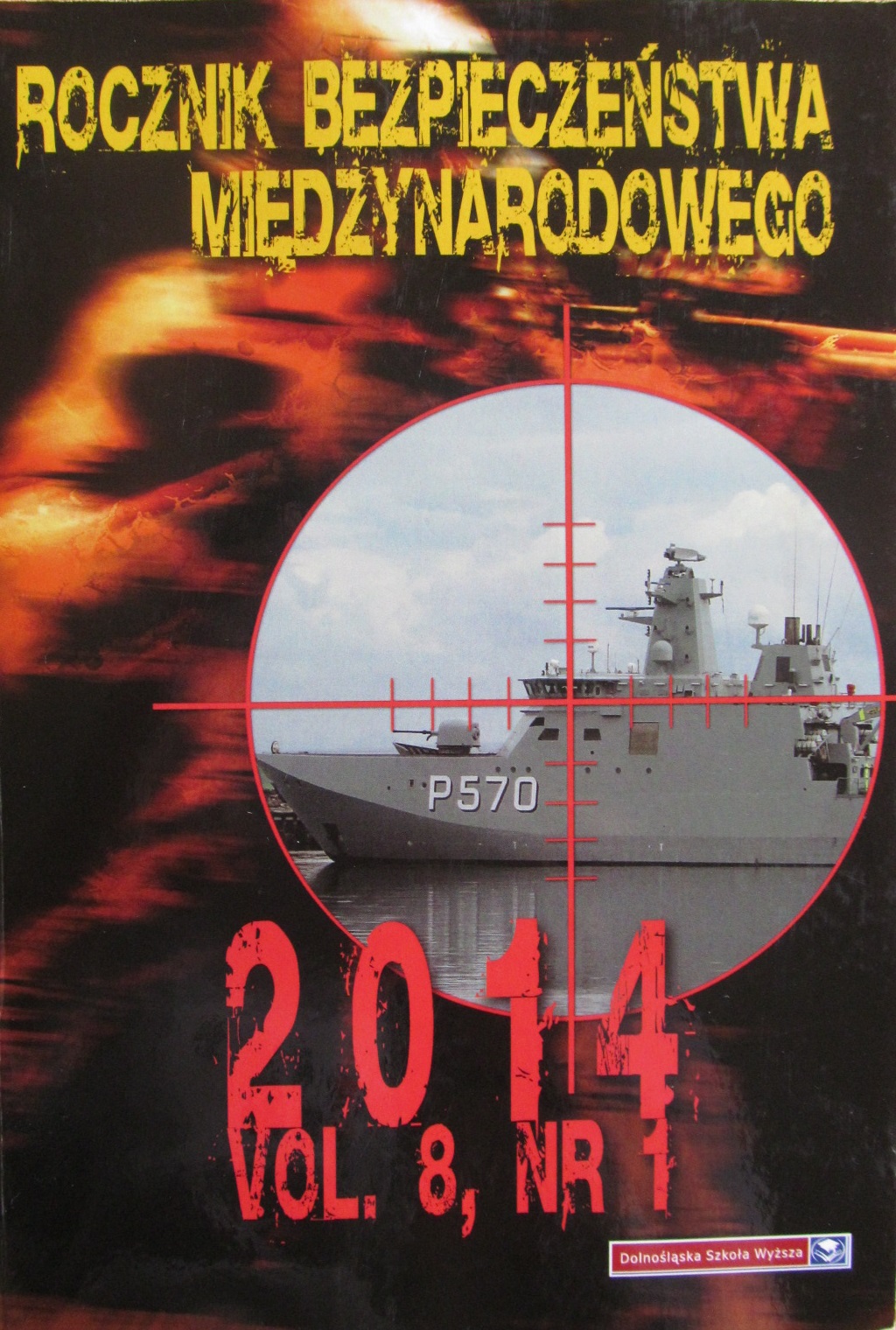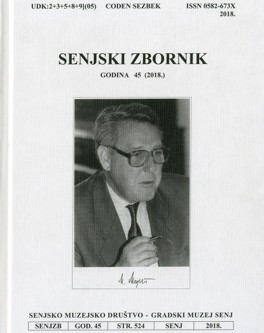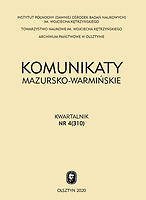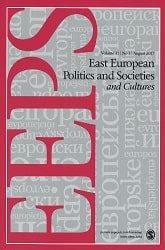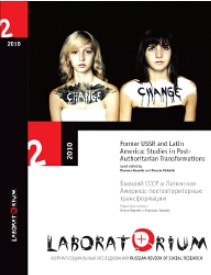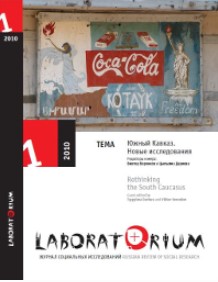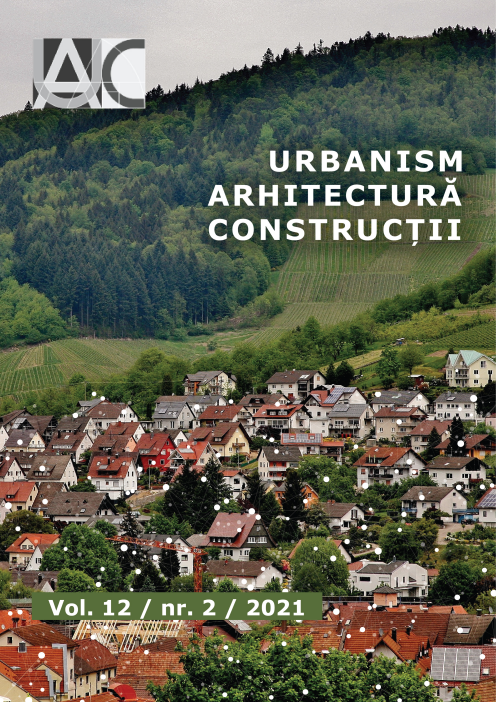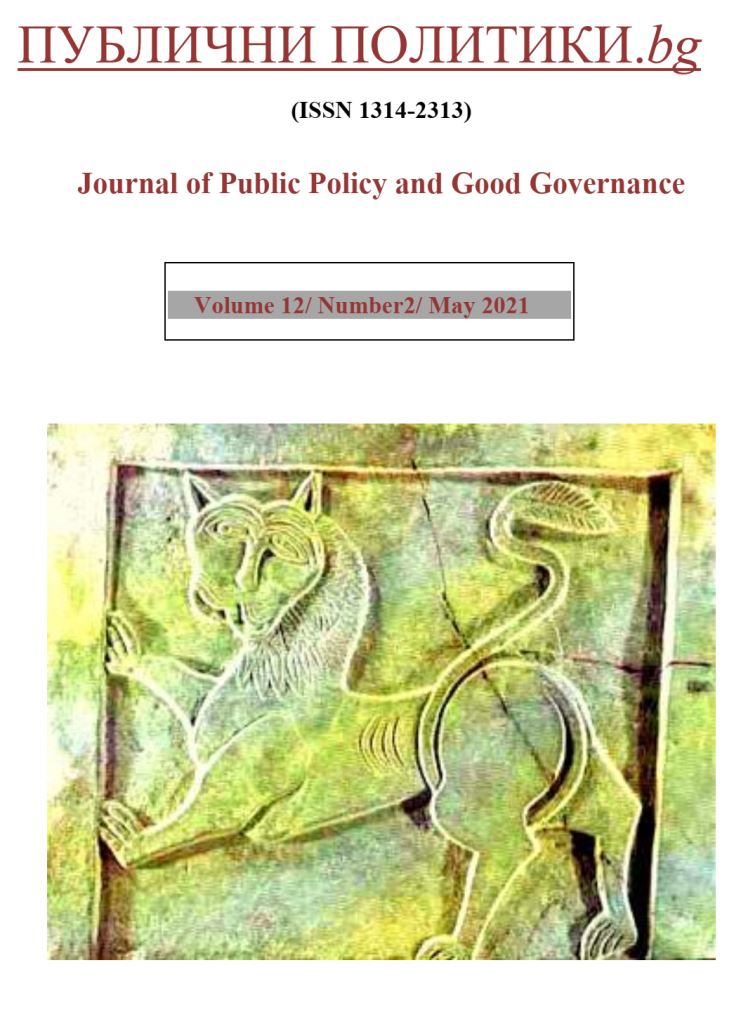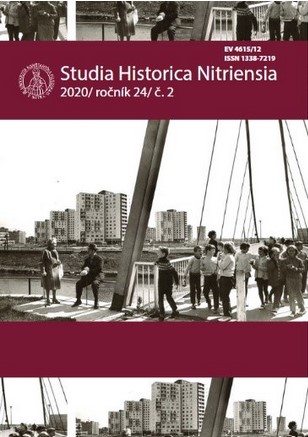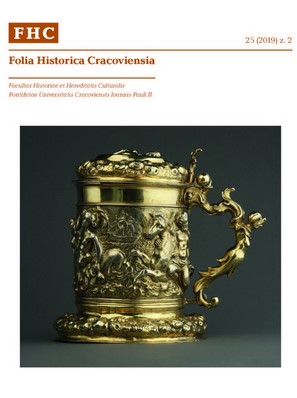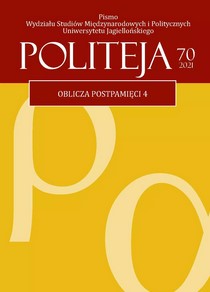Author(s): Mile Bogović / Language(s): Croatian
Issue: 1/2018
The first section is about the life and activity of the Church during history in this part of Podgorje which today belongs to the Gospić-Senj Diocese, i.e. from Sveti Juraj to, and including, Lukovo Šugarje. During history the region belonged to various dioceses. Podgorje is a region where during some periods one could live very well, however, in others periods it was impossible. The most difficult were the first centuries of the Middle Ages and the first centuries of the modern era. From these times little can be said even about the activity of the Church in this area. At the end of the 17th century, the region came under the administration of the bishop of Senj, whereas today it is part of the Gospić-Senj Diocese. Apart from Baške Oštarije, all the other parishes today belong to the Senj deanery. The region was depopulated several times and inhabited after a long time. In the paper, the most space is given to the generation of immigrants who arrived at the end of the 17th century and their descendants to date. Now there is a sudden depopulation of the area. Such a historical development has also influenced the life of the Church in this place. The second part speaks about each individual parish in this region. They are: Sveti Juraj, Lukovo Otočko, Starigrad, Jablanac, Prizna, Cesarica, Baške Oštarije, Karlobag and Lukovo Šugarje. These parishes exist today, and we have information about the existence of the parishes of Starigrad, Jablanac, Cesarica and Karlobag in the Middle Ages. Every church, parochial house, cemetery and chronological list of the parishes’ administrators are presented for each parish. In the Middle Ages there were also several monasteries or religious communities. In Sveti Juraj there were Benedictines, in Stinica probably Conventual Franciscans, whilst in Karlobag probably one female religious community (Dominicans). In the modern era we have only Capuchins in Karlobag. They were brought in for the mission in Lika, after liberation from the Turks. They were occupied with this in the 18th century. Today the whole pastoral care of Karlobag and the wider surroundings are their responsibility.
More...

